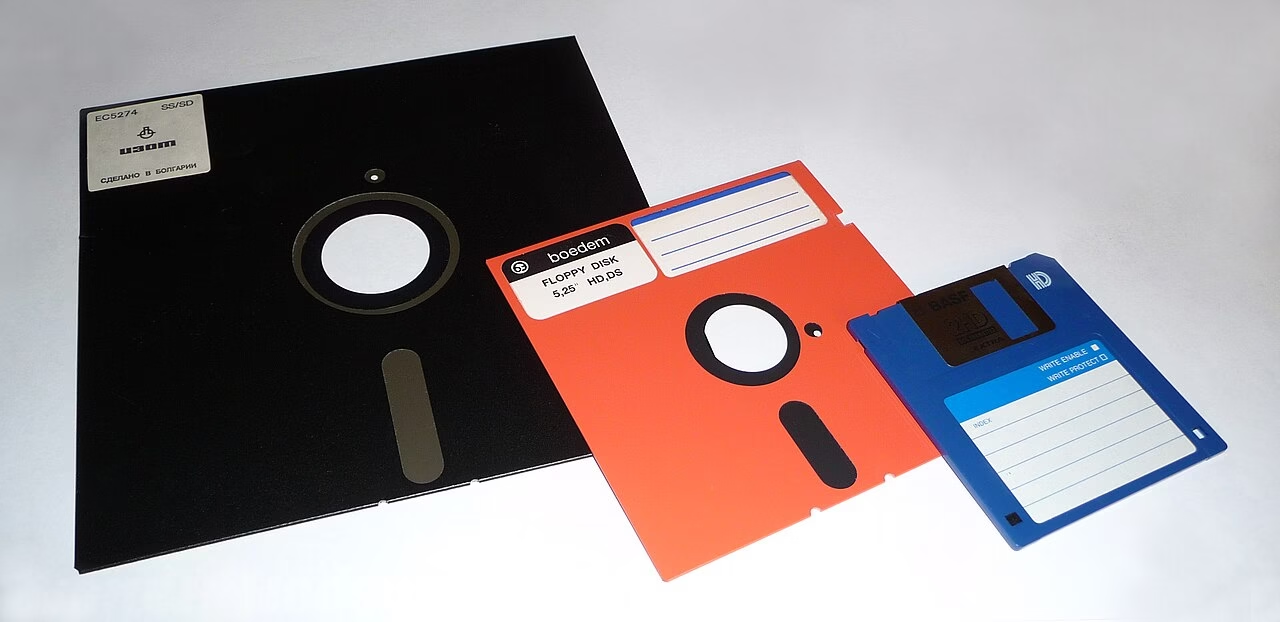Technology 101: Floppy Disk Revolution: Why 1.44 MB Changed Everything

The floppy disk was a portable magnetic storage medium introduced by IBM in 1971. Initially, an 8-inch flexible disk encased in a cardboard jacket holding about 80 KB of data, it evolved into the rigid 5.25-inch version (up to 1.2 MB) in the late 1970s and the ubiquitous 3.5-inch hard-shell format (1.44 MB standard) by the mid-1980s, popularized by Apple’s Macintosh and Sony’s design. Data was written and read via a spinning disk coated with magnetic material, accessed through a sliding metal shutter, making it ideal for transferring files, distributing software, and booting systems. Image source: Wikimedia/George Chernilevsky
Read More »Technology 101: Floppy Disk Revolution: Why 1.44 MB Changed Everything










